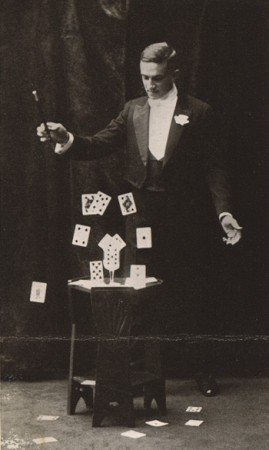DISTRACTION THROUGH ACTION
When advising or teaching people about writing, I often emphasise the usefulness of doing preparatory work before starting to write. With Fantasy and Science Fiction that can mean considering details of the world in which the story will take place. Listing aspects of the world can mean thinking about things like climate, topology, political and social arrangements and, monetary systems and that’s just scratching the surface. With contemporary realist fiction, the need for this can be less, but a little time considering the physical aspects of a scene before actually writing it can be time well spent. Who is on your point of view character’s right? How far apart are they? If someone comes into the room, where is the door they enter by?
But having done this groundwork, how do you use it in your story? The temptation is to pack it all in. Since you’ve gone to all the trouble to imagine this setting, you have to use it, right?
Wrong. Simply going through the effort to imagine your scene in detail will mean that your story is richer and more textured, even if you leave out a substantial amount of what you’ve thought of. If you throw everything into the story, you’ll slow down the narrative and it’s likely to grind to a halt. Your story will start to sound like a textbook guide to your world rather than a gripping and compelling story of twin sisters who share a dark secret. Or similar …
The trick is to sift in your background detail. It is background detail, after all, not foreground detail. Drop a little bit in here and there so that the reader pieces together a vision of the scene you’ve created. Trust them. Readers are good at doing stuff like that.
If you want your sifting in to be extra subtle, you can use a technique I call Distraction Through Action.
This is where you nail your reader’s attention to the narrative, to what’s going on, and while they’re riveted by the knife fight, the break-up, the ultimate betrayal, you drop in details of the surroundings.
Bob held his hands together to stop them trembling. The chair he was sitting on was hard and uncomfortable, but he hardly noticed. His entire attention was on the man sitting on the sofa opposite, under the long picture window. Gomez. Bob had been waiting a long time to confront Gomez and now here he was and he didn’t know what to say.
Gomez chuckled and leaned back on the sofa – which was a hideous yellow colour. ‘You’re scared.’
‘No I’m not.’ Bob stared at the floor, as he was hated looking at Gomez’s arrogant face. The rug was streaky blue, with a stain on it that might have been blood. Bob swallowed.
Gomez stood. He was silhouetted against the outside world. The pine trees lining the fence were tall and proud, and the wind hardly worried them at all. ‘You have some guts, coming here,’ Gomez said. ‘I’ll give you that.’
Bob wanted to grab the lamp on the table next to him and throw it. ‘Guts? I don’t think so. I had to come.’
In the end, Distraction Through Action is like a magician’s trick. ‘Look over here while I secrete this rabbit in the hat, ready to be revealed later!’
Captivate your readers with action (physical or emotional) and while they’re focussed, leaven your narrative with details of the setting. Your scene will be all the better for it.
